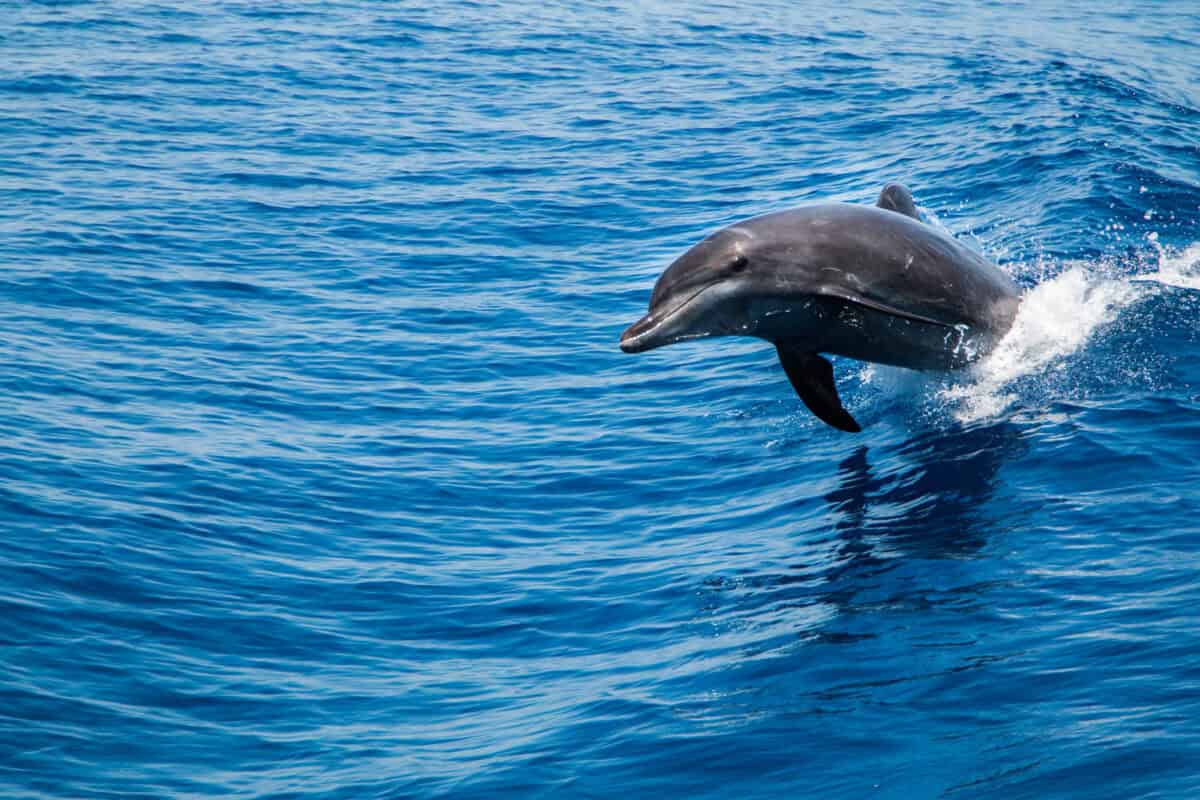Dolphins are often regarded as one of the most intelligent marine animals. They exhibit problem-solving skills, show self-awareness, and can understand complex sign language when trained. Their large brains are structured to support advanced cognitive functions, making them adept at social interaction and even mimicry, both of which are key indicators of intelligence.
They Communicate With a Complex Language

Dolphins communicate using a series of whistles, clicks, and body movements. Each dolphin has a unique whistle, known as a signature whistle, which functions like a name. This complex system allows for intricate social interactions and is considered one of the most advanced forms of communication in the animal kingdom.
Dolphins Have a Global Reach

There are over 40 species of dolphins found across the world in various environments. They inhabit every ocean and are even found in some major rivers like the Amazon and the Ganges. Each species has adapted uniquely to its locale, demonstrating dolphins’ versatile nature.
Amazing Echolocation Abilities

Dolphins utilize echolocation to navigate and hunt in murky waters or when visibility is limited. They emit sound waves that bounce off objects, returning echoes that inform them about the size, shape, speed, and even the density of targets, often giving them a clearer picture than sight could provide.
Dolphins Exhibit Altruistic Behavior

Dolphins are known for their altruistic behaviours toward both each other and other species, including humans. There are numerous accounts of dolphins helping injured members of their pods and even protecting swimmers from sharks by encircling them or guiding them to safety.
They Can Live for Decades

Dolphins generally have a notable lifespan. Some species, like the bottlenose dolphin, can live up to 40 to 60 years in the wild. Factors such as diet, habitat, and pod social structure can influence their longevity.
Dolphins Have Unique Sleeping Patterns

Unlike humans, dolphins must remain semi-conscious while sleeping, as they need to breathe consciously. They let one hemisphere of their brain sleep at a time while the other remains alert enough to maintain essential functions and continue surfacing for air.
Complex Social Structures Like Humans

Dolphins live in complex social structures known as pods, which can consist of anywhere from a few individuals to over a hundred. Within these groups, dolphins establish strong social bonds and collaborate in activities such as hunting, playing, and defending against predators.
They Are Excellent Hunters

While hunting, dolphins use a variety of strategies to capture prey, from creating mud rings to trap fish to cooperative hunting tactics where groups work together to herd fish. Their sophisticated methods showcase their intelligence and adaptability in the wild.
Dolphins Have Intriguing Tails

A dolphin’s tail, or fluke, is its main source of propulsion. Interestingly, dolphins use their muscular tails to swim at speeds up to 20 miles per hour. Their powerful tails also enable them to leap out of the water, a behaviour known as breaching, reaching impressive heights.
They Use Tools in The Wild

Some dolphin populations use marine sponges as tools to protect their snouts while foraging on the seafloor, a behaviour known as “sponging.” This fascinating use of tools marks another parallel between dolphins and intelligent land mammals such as primates.
Dolphins Inspire Human Technology

The study of dolphins can provide insights into developing new technologies. Their streamlined bodies and efficient movement through water inspire advancements in naval architecture and sonar technology, demonstrating how nature can influence human innovation.
- 14 Dog Breeds That Love to Cuddle - August 9, 2025
- 11 Signs Your Horse Might Be Bored - August 9, 2025
- Jurassic World Dominion Dinosaurs - August 9, 2025

